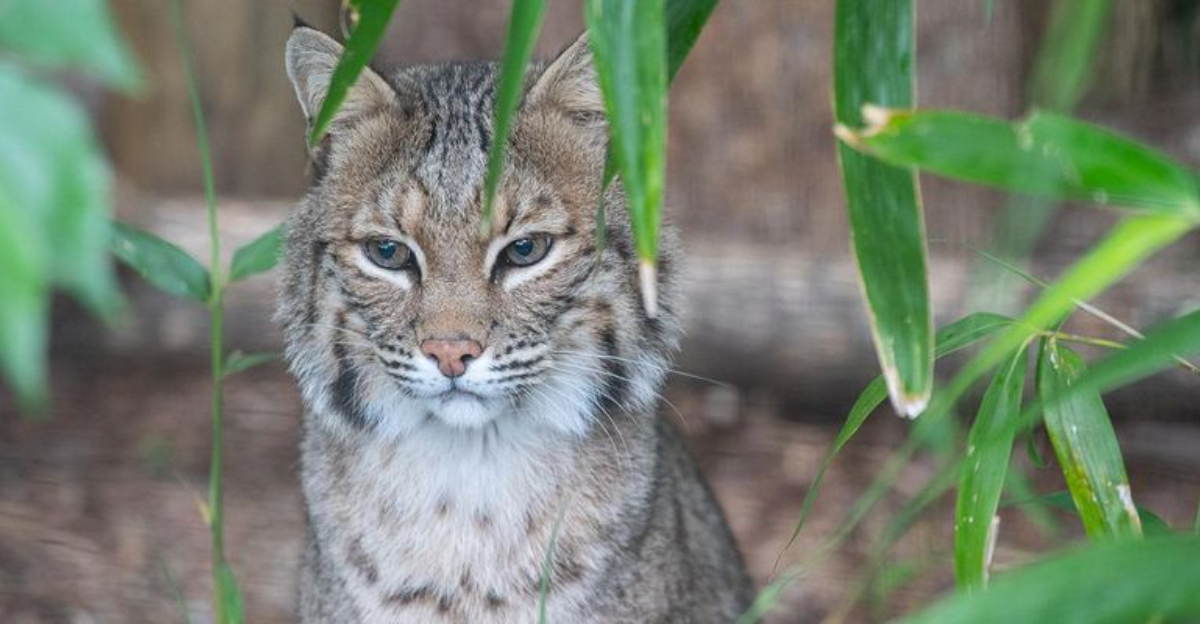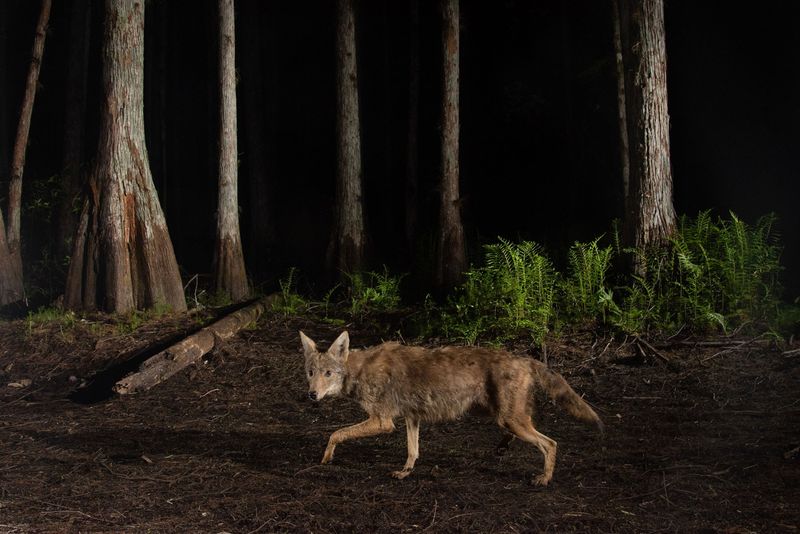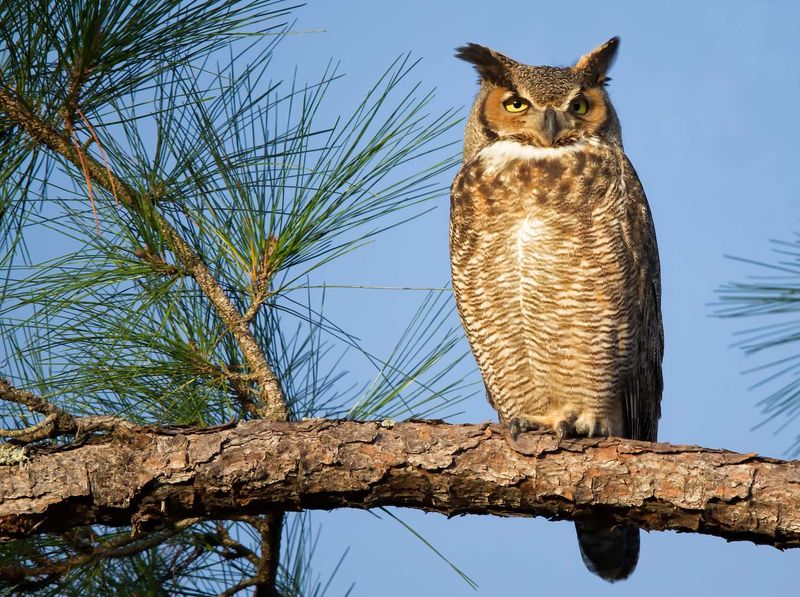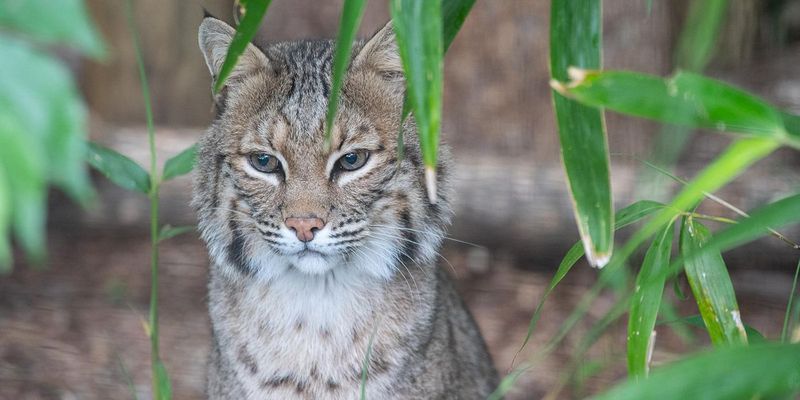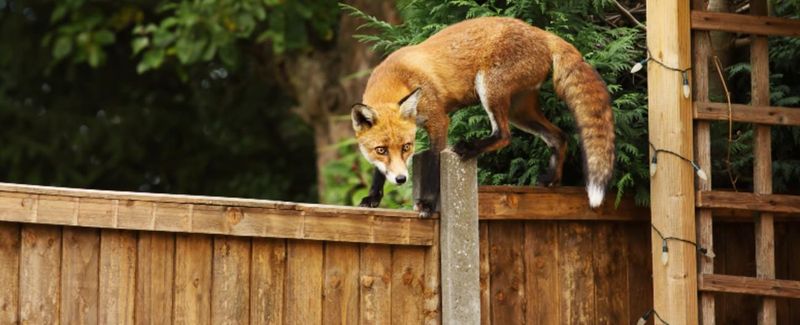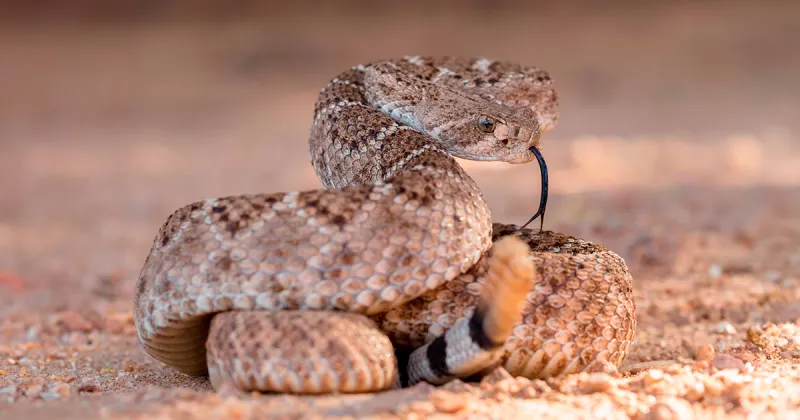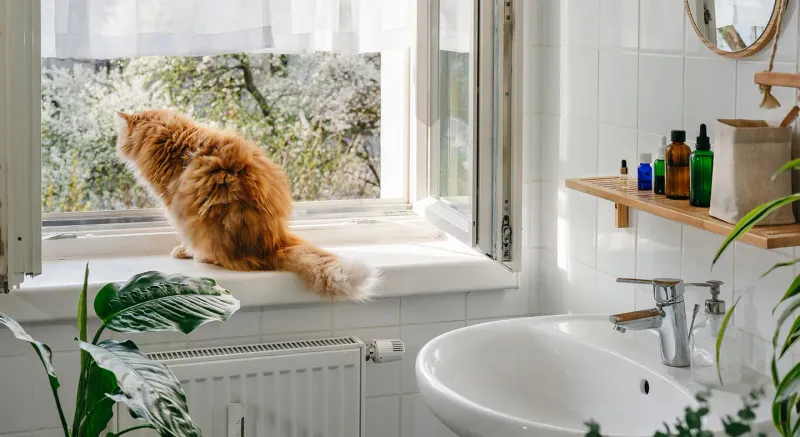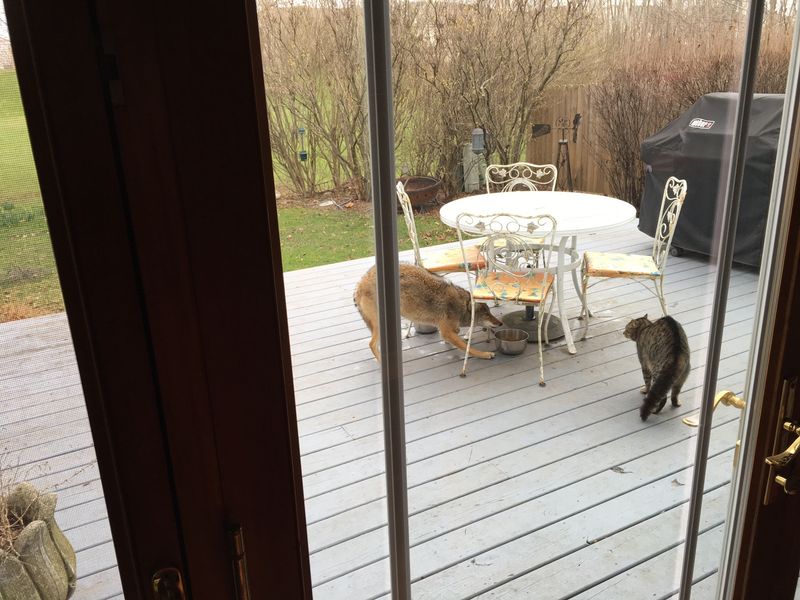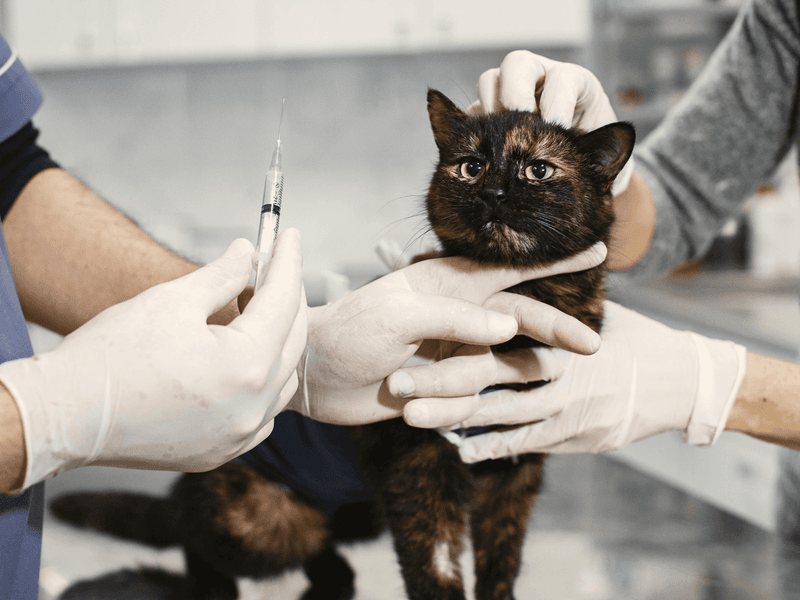📖 Table of Content:
Whether you live in a bustling suburb or a more rural setting, predators—many of which are native to the U.S.—pose a very real threat to your feline companion. While your cat may love the thrill of the outdoors, even a brief unsupervised outing can expose them to potentially deadly encounters.
From silent, soaring owls to stealthy ground hunters like coyotes and bobcats, these wild animals view small pets as easy prey. Unfortunately, cats often don’t recognize these animals as threats until it’s too late. As natural habitats shrink and human development expands, the line between “wild” and “domestic” territory blurs—bringing predators closer than ever to our homes.
But don’t worry—there are effective steps you can take to protect your furry family member. In this guide, we’ll break down the top five wild predators that threaten cats across the U.S. and share five practical, vet-recommended ways to reduce risk and boost safety. Whether you’re a first-time cat owner or a seasoned pet parent, a few proactive changes can make a world of difference.
1. Coyotes
Lurking in suburbs and even city fringes, coyotes are one of the top threats to outdoor cats. Their adaptability allows them to thrive in both rural and urban environments, where food sources are abundant. Unlike other predators, coyotes often hunt in pairs or small groups, making ambushes more effective. Tragically, cats are the perfect size for an opportunistic coyote looking for an easy meal. Even if your neighborhood seems quiet, these predators often roam late at night or just before dawn. Because of their stealth and speed, cats rarely have time to escape once targeted. Preventing encounters is key, as a face-off with a coyote usually ends fatally for felines.
2. Great Horned Owls
With near-silent flight and razor-sharp talons, Great Horned Owls can strike from above without warning. Known as apex predators of the sky, they are capable of carrying off small pets, especially kittens and small adult cats. Perching high in trees, they observe with sharp eyesight and patience before swooping in. These owls are most active at night, which unfortunately overlaps with the time many cats roam outdoors. Unlike ground predators, they pose a unique aerial threat that often goes unnoticed until it’s too late. Cats that lounge on fences or rooftops are especially vulnerable. Even suburban areas with large trees can become hunting grounds for these powerful birds of prey.
3. Bobcats
Solitary and elusive, bobcats typically avoid humans—but not always their pets. Their size and strength give them the ability to overpower cats, especially in wooded or mountainous regions. Because they move quietly and hunt with precision, they can slip into neighborhoods without much notice. A hungry or territorial bobcat won’t hesitate to go after a pet if it wanders into its path. Surprisingly, bobcats have been spotted even in residential communities, especially those bordering nature preserves. Cats that explore the edges of forests, trails, or open land face a higher risk of bobcat encounters. While attacks are less frequent than with coyotes, they are just as dangerous when they occur.
4. Foxes
Foxes may look shy and charming, but they can pose a serious threat to smaller cats and kittens. More scavenger than hunter, a fox will still seize an opportunity if a cat appears weak, young, or unaware. Active primarily at night and during twilight, foxes often raid garbage or search for small animals near homes. Unlike larger predators, foxes can squeeze through fences and narrow openings, making them difficult to keep out. Cats that engage in night hunting or exploring are more likely to cross paths with them. Though foxes are less aggressive than coyotes or bobcats, they shouldn’t be underestimated. In times of food scarcity, their behavior can become bolder and more unpredictable.
5. Snakes (e.g., Rattlesnakes)
Hiding in tall grass, under decks, or within brush piles, snakes present a stealthy but real danger to curious cats. Unlike most predators, snakes don’t chase—they rely on ambush, which means cats often initiate the encounter unknowingly. Rattlesnakes and other venomous species strike when threatened or surprised, and their bites can be fatal without fast treatment. Warm climates and desert-like environments in the southern and western U.S. see the highest risk. Cats are naturally inquisitive and may get too close while playing or exploring, unaware of the danger. Even non-venomous snakes can injure a cat through constriction or infection from bites. The threat is silent, but the consequences can be severe if precautions aren’t taken.
1. Keep Your Cat Indoors or Supervised Outdoors
Creating a safe indoor environment is the most effective way to protect your cat from wildlife threats. While some cats may crave the outdoors, their safety is significantly compromised when left to roam unsupervised. Indoor enrichment—like window perches, interactive toys, and climbing trees—can provide stimulation without the risks. For cats that insist on outside time, try leash-training or investing in a “catio,” a secure outdoor enclosure. These options allow cats to experience nature while remaining protected from predators. It’s important to remember that most predator attacks happen in the early morning or at night—times when indoor rules matter most. Encouraging indoor habits early can help your cat adjust with less resistance.
2. Install Motion-Activated Lights or Deterrents
Motion-activated devices are powerful tools for deterring predators that prowl your yard. Lights, alarms, and sprinklers can startle and scare away nocturnal animals like coyotes, foxes, and even owls. Strategically placing these around your yard—especially near fences or dense bushes—adds a protective layer. Since many predators rely on stealth, sudden stimuli disrupt their hunting behavior. You can also use ultrasonic pest repellers specifically designed to discourage larger wildlife. Although these tools aren’t foolproof, they add strong deterrent value when used with other safety measures. Combining tech with routine checks can significantly reduce risk in outdoor areas.
3. Avoid Leaving Food Outside
Feeding your cat—or any pet—outdoors is one of the fastest ways to attract unwanted wildlife. Coyotes, foxes, raccoons, and even bobcats will come closer to your home if they associate it with an easy meal. Removing food bowls, cleaning grills, and tightly sealing trash cans can greatly minimize those temptations. Even compost bins and bird feeders can indirectly draw in predators looking to hunt smaller prey. Always feed pets indoors and avoid keeping food scraps anywhere near entrances. It’s also a good idea to educate neighbors so their habits don’t inadvertently invite predators into your shared space. A clean, scent-free yard is a safer yard for your cat.
4. Trim Back Dense Vegetation
Overgrown yards provide perfect hiding spots for both predators and prey species like rodents—essentially setting the stage for dangerous wildlife. Regularly trimming shrubs, low-hanging branches, and tall grass helps eliminate cover that predators use to stalk. It also gives you better visibility and makes it harder for animals to move undetected. Creating a wide, open perimeter around your home reduces the chance of surprise encounters. Keeping woodpiles, sheds, and decks tidy or blocked off can also discourage snakes from nesting. Your cat will be less likely to encounter predators in a yard that’s well-maintained and open. This is especially important in areas adjacent to wild land or greenbelts.
5. Vaccinate & Microchip Your Cat
Health protection is just as important as physical safety when it comes to predator encounters. Keeping your cat’s rabies and distemper vaccines up-to-date can be life-saving if a bite or scratch occurs. In worst-case scenarios where your cat escapes or is frightened into running off, a microchip drastically increases the chances of reunion. Unlike collars, which can fall off or be removed, a microchip offers permanent identification. It’s also helpful to keep a recent photo and detailed description of your cat in case you need to post lost pet notices. Many vet clinics and shelters now offer affordable chip-and-vaccinate packages. Preparedness may not prevent an encounter, but it can help your cat survive and return home safely.
